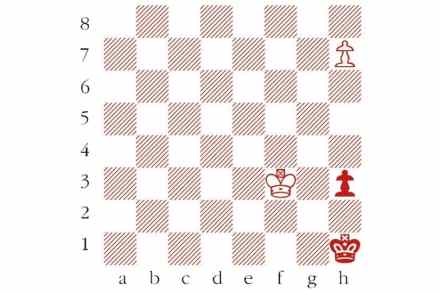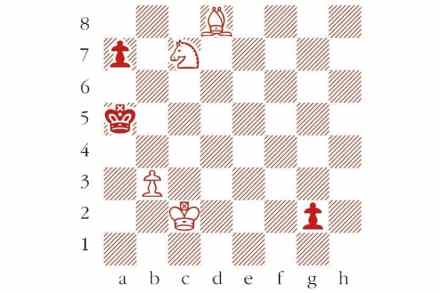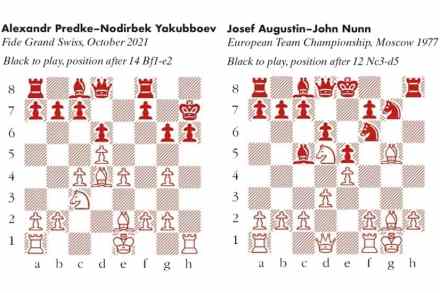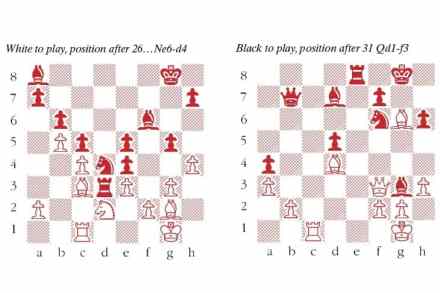No. 683
White to play and mate in 3. Composed by Albert Barbe, 1861. Only the first move is required, but it’s not as obvious as it looks! Answers should be emailed to chess@spectator.co.uk by Tuesday 4 January. There is a prize of £20 for the first correct answer out of a hat. Please include a postal



















